In the run-up to the 2016 US elections, a news story written by a North Macedonian teenager spread quickly online: “Pope Francis shocks world, endorses Donald Trump for president.”
The story was, of course, just not true. The teenager from the small eastern European country had written it to go viral by targeting Trump supporters (then used the ad revenue to throw lavish parties).
In India in the summer of 2019, rumours of child kidnappings spread over WhatsApp, leading to a spate of mob lynchings. There was no proof or reporting around the rumours, but they flew around social media with real-time violent consequences.
That’s a dark example, and it’s by no means only Trump supporters that struggle separating fact and fiction. The average person around the world finds it difficult to tell truth from rumour. And trust in the media is low globally. In democratic countries, people trust the media more than the government – but just about.
Seismic events like the Iraq War, the effects of globalisation, and recession have damaged people’s trust in news organisations. And the proliferation of social media and digital platforms has radically changed the way news is consumed and distributed.
As the new year began, we asked our members whether they followed breaking news. You told us about the need for journalism but also how you detoxed from negative news. You also mentioned your wish for a different kind of news format to exist to help understand the powers at play in the world.
So we invited media experts to join us for an online transnational chat. We wanted to know whether we still need the news. We were also joined by young leaders who had founded news organisations that are doing news differently. The result was a chat with over 350 contributions from people in five continents.
If you didn’t get a chance to join us then, you can catch up here. Here are the nine key points that came up on the state of the news today.

The purpose of the news hasn’t changed
We have a right to know about the important things that shape our society and to use this information for progress. In fact, it’s more important than ever in our interdependent world.
The clearest definition of news was given by former editor of the Guardian Alan Rusbridger: it is “accurate and relevant information about important things that matter to individuals and societies”.
And news is all the more urgent since we live in an interdependent world, said Jay Rosen:
“Events in one sphere affect the people living in another, and if they don’t know that – if they are not informed – then they are at the mercy of forces they do not understand. If they are at the mercy of forces they do not understand, they cannot protect their interests. If they cannot protect their interests, then the principle known as consent of the governed breaks down. If consent of the governed breaks down, democracy becomes a sham, a lie. Is that what we want?”
Julie Posetti said we have the right to know “about public health crises, corrupt governments, corporate negligence, natural (and man made) disasters like bushfires and floods”.
And being informed means holding the powerful to account – such as Isabel dos Santos, Africa’s richest woman, who has been charged with fraud and embezzlement because of investigative journalism. “That’s accountability," said Stephanie Busari. "These things matter to the lives of ordinary Angolans and they put the focus on the role of western corporations and financial institutions.”
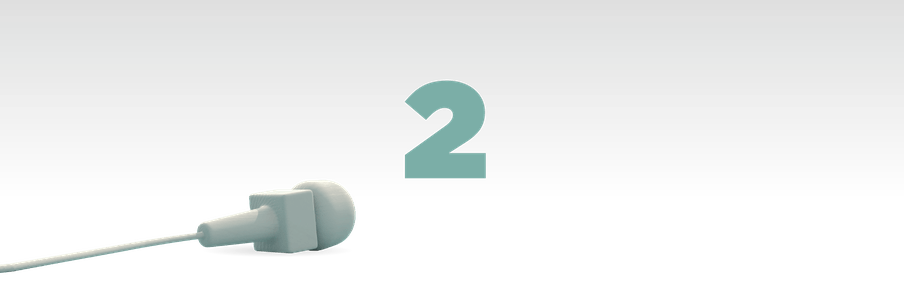
Investigative news is crucial
When it comes to holding power to account and empowering the public to call for change, nothing beats the power of investigative journalism.
To the idea proposed by Swiss writer Rolf Dobelli – who compared breaking news to sugar that we should cut out of our diets – Francesca Beighton called out the “element of privilege”. She provided an important example of investigative journalism as a public service in South Africa: “The #GuptaLeaks proved the impact of quality journalism (the president resigned, ministers resigned, inquiries into state capture were initiated) .... [journalism] empowers the public.”
Maybe we should drop reading the news in favour of following scientific journals instead, said Andrew, a member. A thread followed on transparency and objectivity from media organisations in France, Sweden, Argentina, Spain and Scotland – and nobody pretended that news could be utterly impartial.
Eric Mugendi criticised the “both sides to a story” approach in Kenya “that has seen the media refrain from taking definitive stances on various issues”.
Gwen Lister acknowledged that people need good information, “even if they don’t necessarily want it, or even if it’s not ‘sexy’, such as #fishrot, a corruption scandal involving Namibia’s fishing resources. It is critical, as these important stories unfold, to ensure that they are innovative and packaged in such a way that they are accessible.”
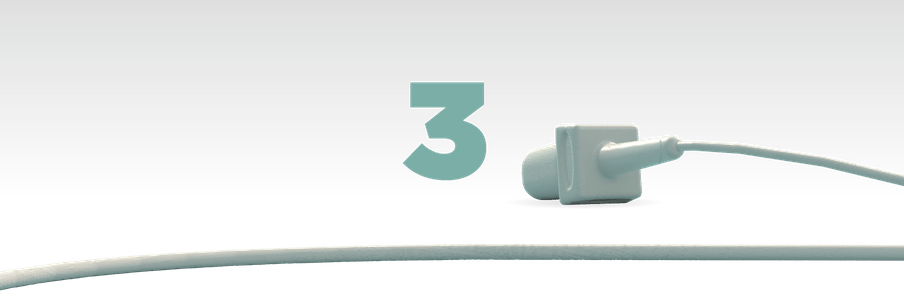
News needs to come from everyone
If only some people are telling the stories, only some stories are going to be told.
The news as it is currently does not represent everyone. “When a bomb goes off in Mali, it never ceases to surprise me how the tone of such report (especially in western publications, and surprisingly in African ones) how this incident is first and most importantly an indictment of sorts, of France, of her geopolitical interests, of her security concerns, of her investments,” said Ayodeji Rotinwa. “Malians are never the central characters in their own story.”
At CNN’s west Africa bureau, Stephanie Busari said she had succeeded in running a newsroom with an "African-first viewpoint”. Scottish journalist Rachel Hamada pointed out that when British Vogue introduced multiculturalism as a theme in its issues, sales soared.
One solution is media collaboration. For Julie Posetti, western newsrooms could take lessons “from the ingenuity of necessity practised in the Global South”. As Eric Mugendi puts it: “We have tenacity and determination, as well as the ability to do more with less.” Mariana Santos holds “mediathons” with female journalists to produce issues that don’t receive enough coverage, “such as the experiences of migration of women and non-binary people in Latin America”. NewsMavens was a short-lived project bringing together women editors from across Europe, giving “a very different picture of the news ... from that in traditional media”. Fanis Kollias said it was “great” to have diversity at non-profit media company Solomon, but acknowledged that “it’s also super hard to manage it”.
Another idea from guests in Argentina and Lebanon was to learn from civil society organisations, which work with communities directly.
There are other possibilities than just news to make informed decisions in a digital world, said Alan Soon, founder of Splice Media. “News isn’t the solution all the time. Digital gives us an opportunity to create multiple solutions to multiple needs, at scale.”
In a similar vein, Felix M Simon said: “Informational needs (so to speak) were being catered for to a great extent by the news (eg health information, job advertisements, announcements, even entertainment or cooking recipes), digital media have taken these ‘away’ from news organisations.”
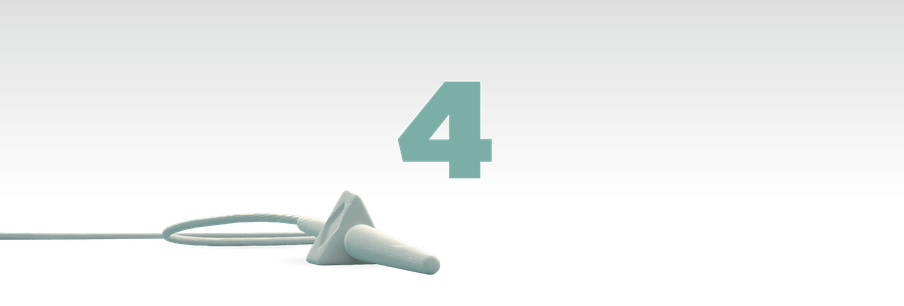
A lot of problems with the news are because of who owns it
Much of the conversation around who tells the news is about who owns the news. Guests from Burkina Faso, Lebanon and Australia talked of these terrible constraints, which lead to corruption or disinformation in exactly the area where information needs to remain credible.
In Scotland, Rachel Hamada found that investigative journalism platform the Ferret saw its subscriptions increase when they published transparency reports.
Javier Borelli explained that his newspaper was a co-op paid for by readers after the owners shut it down, which meant it could cover topics in Argentina such as:
“The extractive economy model (mass media investors have their interests in our lands and mineral resources), the media ownership concentration (no mass media organisation openly discuss that), big corporation corruption cases (frequently advertisers of mass media) or cooperative and self-managed companies as alternative economic models (we are one of those).”
A member, Wallis, asked about the best business model for public service journalism. Examples ranged from philanthropic donations in the US, Kenya and India to membership and reader donation options. Journalist Javier Borelli also pointed out that the state should stop media concentration.
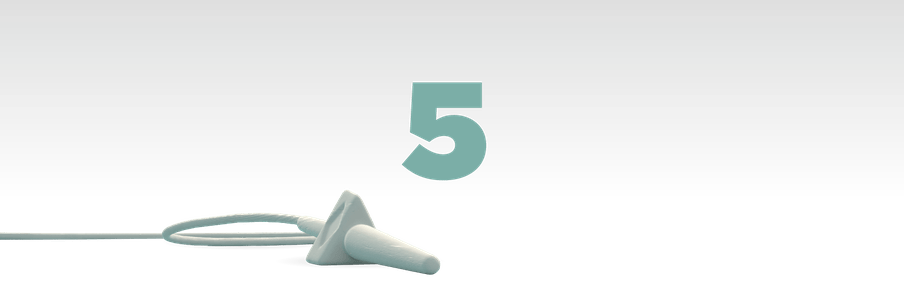
We need fresh formats
Media critic Jay Rosen argued that we should be improving demand for quality news, rather than improving supply.
Some argued that the demand was there – but it was about the approach. Catherine Edwards, editor of digital news publisher the Local, described how the demand for news from expats of a city has evolved into a more curated, solutions-based approach.
Journalist Rachel Hamada shared the example of the Overtake in the UK, “which showed that young people were actually really enthusiastic about reading longform – it just needed to be about subjects that they actually identified with”.
For Augustin Naepels in France, the question is about how to get the attention of readers, without impacting quality. For example, he co-founded a media which calls issues such as police violence or climate activism "obsessions". Half of the subscribers of Les Jours are under 35, he said. “We’re often the first media they’ve read.”
Felix M Simon agreed that “news is competing with many other forms of information (think YouTube channels, Netflix)”. This is one way in which Naepels aims to find readers, by serialising the news.
In Japan, Mizuto Tanaka added that it is all down to “communication”, not “delivering news”, and finding audiences where they are. The theme of education cropped up time and again: Paul Salopek described his experiences of teaching media literacy in Colombia and said: “In the long haul, one core solution is education, starting in primary schools.” Indeed, in Argentina, Chani Guyot uses WhatsApp groups to align reporters with young voices.
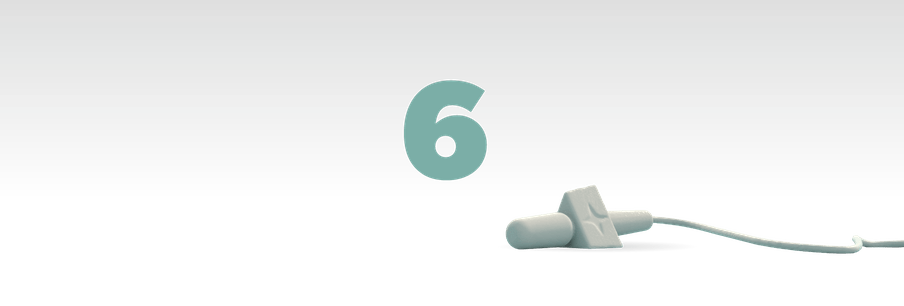
Disinformation is a threat – and an opportunity
Unchecked facts can spread like wildfire in our hyperconnected world. But news organisations that are rigorous about fact-checking and dispelling hype and myth can have a positive impact.
WhatsApp brings its own issues, whether in India or the Middle East. Investigative journalist Kareem Chehayeb pointed to the influence of anonymous voice notes or photoshopped social media images, particularly within the context of the ongoing protests in Lebanon in late 2019. “It’s something we ... have to ‘reclaim’ at a time where public opinion... [to] the media and journalists is extreme caution and cynicism.”
For reporter Angelique Lu, fact-checking and traditional news reporting is needed more than ever considering how disinformation has spread in her home country of Australia. “We’ve seen myths about hazard reduction burns (preventative bushfire tactics), arson, and even the alleged role of ISIS in the bushfires.” Interestingly, she saw a return to reading traditional journalism.
Our Kenyan and British guests shared a disturbing trend: fact-checking didn’t have much of an impact before the elections in their countries. However, it still played a role in areas readers wanted to know more about, such as budget or finances, said Eric Mugendi.
Other news organisations have taken a positive approach when it comes to social media. Javier Borelli championed the work of Mutante in Colombia and Red/Acción in Argentina, which uses a tool to make the identification of fake news into a game.
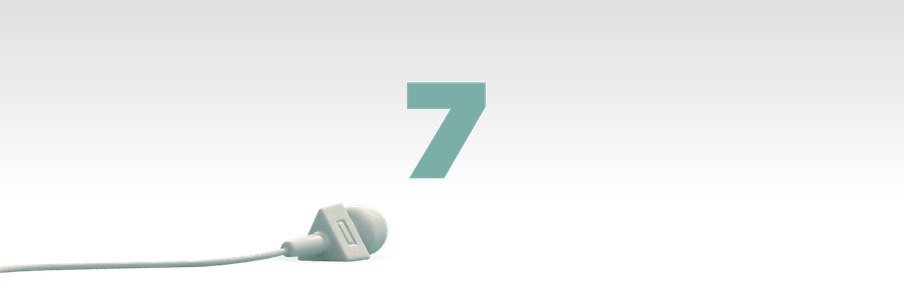
Can we just ... slow it down?
The need for speed is harmful to the quality of news. By slowing down how we produce news, it will be more accurate and more impactful.
Co-founder of Slow News in Italy Alberto Puliafito shared his experience of working in an Italian newsroom publishing sensational stories for clicks – something he described as harmful to the quality of news production. It’s a trend he has reversed by introducing “slow news” to Italy.
In Sweden, Catherine Edwards explained how vital it is to stick with trends and consequences, such as #MeToo. While this is not “slow journalism”, it means news can continue to measure the impact of stories years after the events.
Paul Salopek has spent the past seven years walking around the world, from Africa to his current home in Myanmar. His best bet for news as “an inhuman information environment” is through investing time and resources in narrative or “any form of public service journalism”.
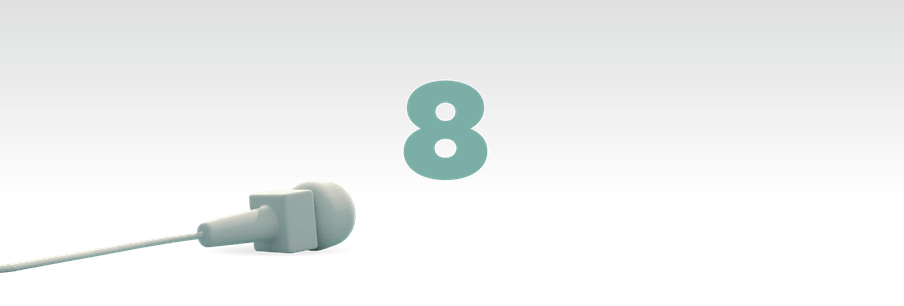
There’s room for advocacy in news
Engagement editor Olalla Tunas Martinez explained how her non-profit platform does investigative journalism while “also advocat[ing] to change what we find wrong”. But she was careful to highlight that “the journalism comes first”. Alan Rusbridger shared how in his career, he kept this advocacy work "constrained" , except for select issues, such as reporting on female genital mutilation (FGM) or climate change. The general consensus was that advocacy works for real impact, especially when readers are kept in the loop.
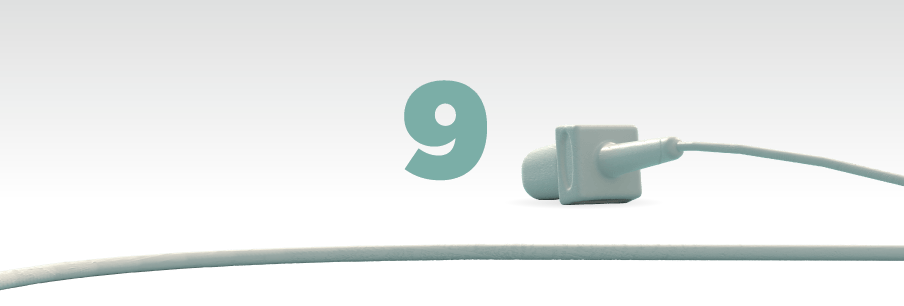
News flourishes when communities can participate
When you have a stake in something, you make sure it succeeds. So journalism that’s supported by the knowledge or expertise of thousands of people rather than just a few (like we are!) is more likely to flourish.
Participants cited a 2017 report by the Reuters Institute for the Study of Journalism in which 48% of participants polled said that news negatively affected their mood. 29% said they avoided the news entirely.
When it comes to building trust, Chani Guyot said audience participation is one possibility to “hack the one-way-broadcast journalism model”.
Julien, a member, suggested readers of the French paper Nice Matin “who can vote each month for a specific solution topic to report and even help journalists to find solutions on the ground, such as ‘how to save the local agriculture – one month to find solutions’”.
At the Ferret, readers crowdfunded the media’s news coverage on fracking, which lead to real-time policy action.
For Jay Rosen, there is a "payoff" to being informed. “We have to make it more obvious for more people, and often the key to that is opportunities to participate.”

Dig deeper
 Given up sugar? Great, now it’s time to cut the news from your diet
News is to the mind what sugar is to the body: appetising, easily digestible, and extremely damaging. It’s high time we began a detox. You’ll be richly rewarded – with more time and fresh eyes for what truly matters.
Given up sugar? Great, now it’s time to cut the news from your diet
News is to the mind what sugar is to the body: appetising, easily digestible, and extremely damaging. It’s high time we began a detox. You’ll be richly rewarded – with more time and fresh eyes for what truly matters.
 The problem with real news, and what we can do about it
Fake news is a poisonous term, but real news is an even bigger problem: it gives us a deeply skewed view of probability, history, development, and relevance.
The problem with real news, and what we can do about it
Fake news is a poisonous term, but real news is an even bigger problem: it gives us a deeply skewed view of probability, history, development, and relevance.


